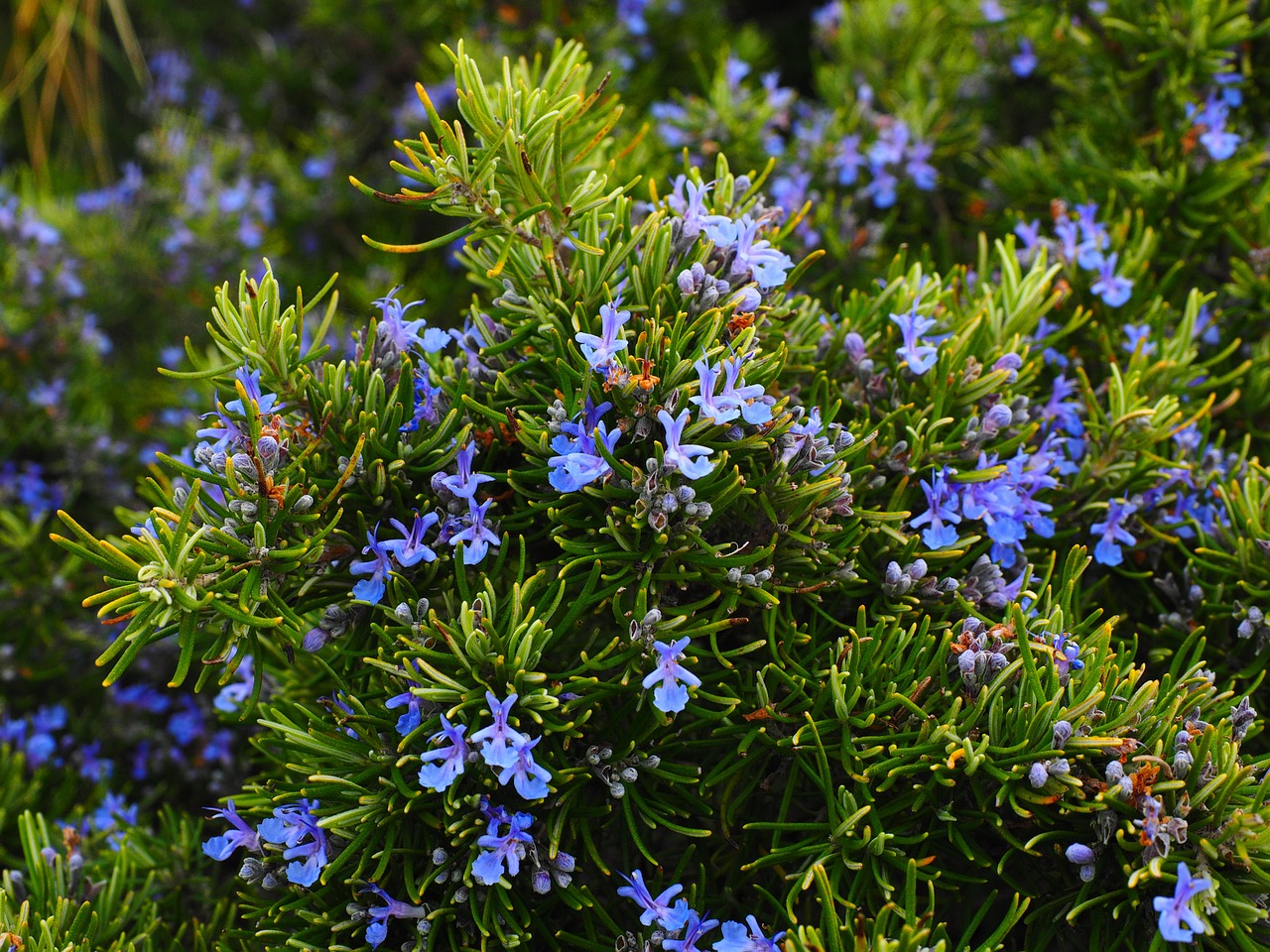Oils taken from the lemon-scented gum and the Monterey cypress can be used to treat bacterial infections
10/12/2018 / By Ralph Flores

A recent study carried out by an international team of researchers has established the therapeutic potential of two trees that are common to Egypt. The research led by Mohamed Salem of Alexandria University, along with collaborators from King Saud University in Saudi Arabia and the Medical University of Lublin in Poland, evaluated the antibacterial and antifungal activities of essential oils from the Monterey cypress (Cupressus macrocarpa) and the lemon-scented gum tree (Corymbia citriodora), which are widely grown in subtropical areas.
“We aimed to evaluate the biological activity of the EOs [essential oils] of Corymbia citriodora leaves and Cupressus macrocarpa ‘Citriodora’ branchlets,” the authors wrote in their report. “For the first time, [a] full analysis of essential oils from both plants collected in Egypt was done as well as the full characteristic of their antibacterial, antifungal activities against [a] set of Gram-plus, Gram-minus as fungus was done.”
Finding medicinal plants in unlikely places
The researchers targeted two trees that weren’t particularly well-known for their medicinal properties. The Monterey cypress, despite earlier studies that indicate its leaf extracts can be used to treat conditions such as whooping coughs and styptic problems, is grown mainly as an ornamental tree – especially in the U.S., U.K., and areas with suitable climate. In New Zealand, the tree is a wood-building material, where it’s used to make cabinets and musical instruments. The lemon-scented gum, on the other hand, is better known as an ingredient for cosmetics than for its health benefits, thanks to its aromatic, citronella-smelling leaves. In Australia, the tree is named as one of the most beautiful trees in the region. It also grows straight, making it ideal for use as beams, timber, and poles, among others.
For the study, the researchers obtained essential oils using the leaves of the lemon-scented gum and the branchlets of the Monterey cypress. These were then subjected to multiple in vitro tests to determine their chemical composition, as well as their antifungal, antibacterial, and antioxidant properties. A physicochemical analysis of the essential oils revealed that the Monterey cypress contained terpinen-4-ol, alpha-phellandrene, alpha-citronellol, and citronellal. Lemon-scented gum, on the other hand, was made up of alpha-citronellal, alpha-citronellol, citronellol acetate, and isopulegol. In particular, researchers posited that two of the ingredients found in the essential oil of the lemon-scented gum – citronellal and citronellol – could account for its antimicrobial and antioxidant activities. Both essential oils exhibited potent antioxidant activity; however, this was lower than that of butylhydroxytoluene (BHT), which was used for benchmarking.
The essential oil of the lemon-scented gum also exhibited better antifungal activity than that of Mancozeb, a synthetic agricultural fungicide, as it was able to inhibit the growth of common crop pathogens such as Macrophomina phaseolina (charcoal rot), Colletotrichum lindemuthianum (black spot disease for beans), Fusarium oxysporum f. sp. lycopersici (tomato wilt), and Helminthosporium oryzae (brown spot disease for rice), among others.
“The results indicate that the EO from Egyptian trees such as C. citriodora leaves [may possess] strong bactericidal and fungicidal activities and can be used as an agrochemical for controlling plant pathogens and in human disease management which will add crop additive value,” the researchers concluded. (Related: Essential oil from the bark of Mexico’s “paradise tree” found to have antimicrobial and antibacterial properties that support wound healing.)
More essential oils that have antibacterial activity
The study above is only one of many more that attest to the antibacterial properties of essential oils. If either the lemon-scented gum or the Monterrey cypress isn’t available in your area, there are still other essential oils that can be used to fight bacterial infections. (h/t to Blog.PaleoHacks.com)
- Tea tree oil. It’s been used to treat cuts and scrapes – even burns – for a long time. For the uninitiated: Always dilute tea tree oil before using it. On its own, it’s known to be extremely potent and can even burn the skin. It can also double as a natural toothpaste with baking soda for oil pulling or as a household disinfectant.
- Cinnamon oil. A study has revealed that cinnamon oil had the highest antibacterial activity against food-related pathogens. It also can be applied in various ways – use it as a food ingredient or add it to your homemade toothpaste, deodorant, or even your mouthwash.
- Eucalyptus oil. While it’s known for clearing a runny nose, eucalyptus oil has been proven to inhibit bacterial growth. To make the most of it, add a few drops to a warm bath or an oil diffuser.
Learn more essential oils with antibacterial and antifungal properties by following EssentialOils.news today.
Sources include:
Tagged Under: alternative medicine, antibacterial, Antifungal, antioxidants, bacterial infections, Corymbia citriodora, Cupressus macrocarpa, essential oils, herbal medicine, Herbs, medicinal plants, natural cures, natural medicine, plant cures, remedies

















